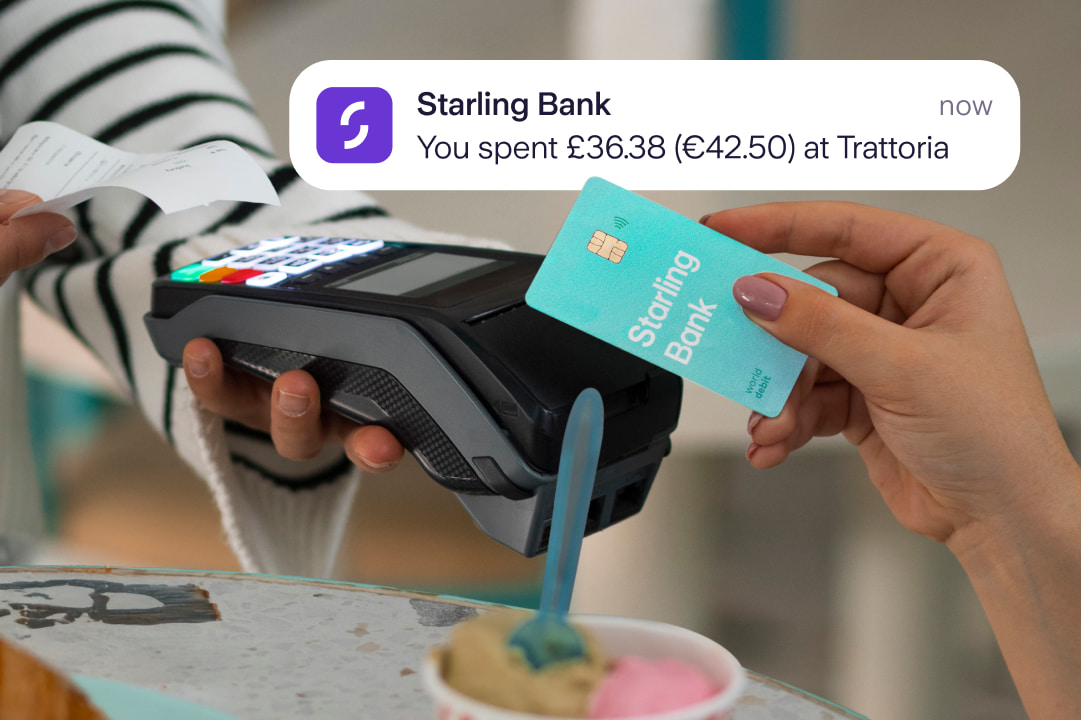
George Bernard Shaw famously described the US and UK as “Two nations divided by a common language.” He could also have added “and wildly different views on how you should tip”. America is famously a place where everyone is expected to tip constantly and tip big (Taylor Swift was recently spotted giving cash to workers after the Grammys), but the UK’s tipping etiquette is far more complex.
Tipping in the UK varies from a (usually) 12.5% ‘discretionary’ charge to 10-15% of your total bill (depending on how good you feel the service has been, of course). And you may disregard tipping in pubs entirely, but in the north of England the commonly used “one for yourself” gesture usually translates as “keep the change” on a cash payment. Confusing things further, it’s also normal in the UK to tip around 10% in hairdressers, barbers and with hotel porters – but not in spas, garages or chain coffee shops.
Tipping varies wildly between services and countries – it’s informal, illogical and there’s no set rulebook. “Tipping behavior is not fully rational,” writes Ofer Azar in The Social Norm of Tipping. “People tip even when they know they will not return to the restaurant.” In his book Whoops, economist John Lanchester adds: “Money is the one area of our lives where we can be both intensely moralistic and completely amoral at the same time – and different cultures place the emphasis in different places.”
So on your next trip abroad, you might be somewhere similar to the US (say, Canada), or somewhere tipping is frowned upon – Japan sees it as borderline insulting, ditto Korea. China has no real tipping culture, principally due to Communism, and a perception that it’s akin to bribery. Throughout much of Europe , tipping is ‘appreciated’ without being ‘expected’, but in the nearby Nordics your bill will usually include service. Workers in more volatile economies routinely expect tips, ideally in local cash (India, South Africa, and especially Egypt and Morocco). By contrast, the Emirates tend to levy an automatic service charge.
Despite much of the world now feeling culturally homogenous, different attitudes to money persist, built on centuries of tradition. The very term ‘tip’ comes from the legend on collection urns in 17th century London coffeehouses: To Insure Promptitude (T.I.P.). In France, tips were placed into a wooden box called ‘le tronc’, the name still used today for pooled tips. Once the habit migrated to America, they embraced it with gusto. In 1900s New York, coatrooms (rather than restaurants) were remarkably lucrative, with one operator ‘The Hatcheck King’ bringing in the equivalent of $60m per year.
The increase in automated payment systems has complicated things further for many customers. When wordlessly presented with different options on a screen, it’s often unclear if this is a charge, an optional extra, or some combination of the two. Jake, a general manager at a London restaurant suggests this took off around covid when businesses went cash-free. “Honestly, I’m not sure people know what they’re paying for now. So if it’s not clear, ask them to explain.” Research suggests that there’s also been a creep of tipping into other areas of service with this automation: last year, the share of bakeries giving tips to staff increased from around 36% to 50%.
“There was a sense after lockdown that customers were grateful we were still there, and felt like saying thank you,” suggests Jake. “That hasn’t really gone away.”
Should I tip in card or cash?
“Cash, obviously,” says Jake. “As a waiter, if you’re not in a place where you’re splitting the tips at the end of the fortnight among the staff [the ‘tronc’ system] then it means you’re taking it home straight away. The only downside is that a lot of places are going cashless,” adds Jake. “So it’s not necessarily that useful to have loads of paper cash if you want to go out after your shift! But otherwise cash is always good.”
The passing of the Employment (Allocation of Tips) Act 2023 means that in the UK, when you tip or pay a service charge, 100% of that now legally has to go to the staff – whether you’ve paid by cash or card. That said, the tax law does favour cash tips, as staff have to declare and pay tax on these, while if tips are paid via card they’re also liable for national insurance.
If you’re travelling, cash tips may be better for ensuring that money goes straight to the staff – for example, in places like Mexico or the Caribbean lots of hotels are managed by foreign operators. If you’re in remote areas of east Africa on safari you’re likely to be out of range of digital signal, so physical payments will be your only option. In newer tourist markets like the Balkans, card payments will usually be available but don’t assume that they’ll have the option to add bespoke tips.
The rise of the ‘optional’ tip
Travel consultant John O’Ceallaigh is critical of the slow creep of the obligatory/sneaky tip. “It feels like there’s something a bit sordid about tipping that takes away from the meaningful interactions you can have when travelling: if I have a good connection with a tour guide, am I meant to tip extra to convey that, even though I’ll have paid a top rate for their service?”
Anna Kibbey of the 2Forks restaurant consultancy is even more blunt about attempts to double tap diners: “Nothing pisses UK customers off more than an automatically added service charge and an open service line on the bill.” If you’re abroad, language barriers may make this harder to navigate, so have a few key questions pre-loaded on Google Translate so you can query your bill if needed.
Ultimately, it’s inevitable that wherever you travel, you’ll end up making the odd social and financial blunder (my first meal in Kyoto, Japan saw me both walking onto the matted floor in outdoor shoes, and then leaving a tip that was handed back with a wordless glare). But you can minimise these with research and sensible preparation and treat the challenge as part of the experience.



